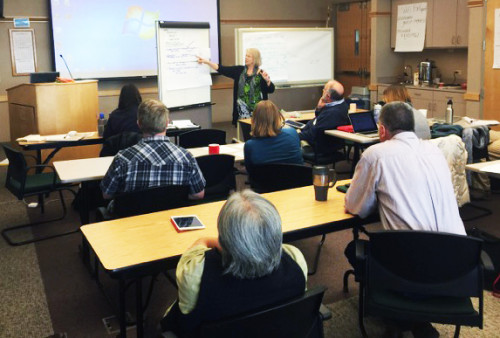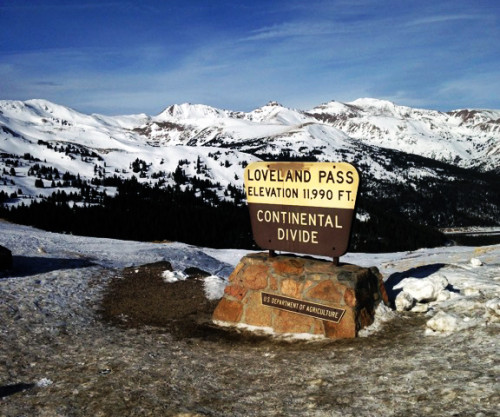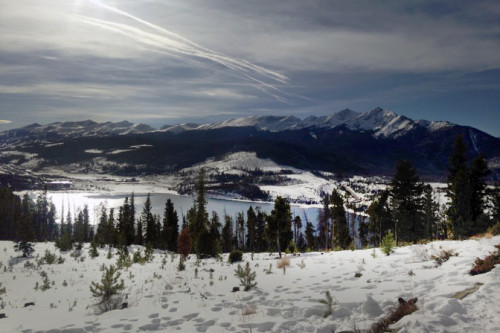From the mountains to the prairies—discussing ecological drought in the North Central United States
Brianne Walsh ·In December, Simon Costanzo, Bill Dennison, and I traveled to Fort Collins, Colorado for a workshop on ecological drought - part of an ongoing project with the USGS National Climate Change and Wildlife Science Center. This was the second in a series of eight workshops to be held at each of the nation’s eight Climate Science Centers, aimed at collating our existing knowledge of the ecological impacts, resistance, and recovery from drought. The workshop was held at the USGS Fort Collins Science Center, located adjacent to the campus of Colorado State University, one of the members of the North Central Climate Science Center (CSC). The two-day workshop focused on outlining the current state of climate change and drought research in the North Central United States, as well as identifying the values and threats to the system facing potential impacts from ecological drought.

We kicked off day one of the workshop with six 15-minute presentations to familiarize the group with the current state of knowledge in the North Central CSC region—climate, hydrology, wetlands and birds, forest habitats, ranching, and planning. Imtiaz Rangwala, Parker Norton, Susan Skagen, Justin Derner, Brian Harvey, and Chad McNutt provided an in-depth overview of the region, and really set the stage for the remainder of the workshop, as participants analyzed and prioritized values and threats within the North Central Region.

Three values of the North Central Region that immediately stood out included the importance of water quantity, and water quality, the biodiversity and wildlife present in the region, and the history of climate variability response in the region. The Missouri River is one of largest managed river systems in the world, by volume stored. The many water uses—water supply, navigation, recreation, hydropower, irrigation—complicate the distribution and allocation of water throughout the region. The North Central region is also an important habitat for wildlife, ranging from bison and sage-grouse as well as offering charismatic American landscapes, with the transition from the Rocky Mountains in the West, to the Great Plains in the East. These landscapes account for the iconic aspects of the region—with the agricultural importance, and also major draws for recreation and tourism.

This was my first visit to Colorado, and before the workshop, I was able to spend a few days exploring this beautiful part of the country, and see some of the well-known landscapes that we discussed during the workshop, from what I had learned during my work on the Mississippi River Report Card. I am excited to continue our work with the North Central CSC, as we work to synthesize the science discussed at the workshop, and produce a four page newsletter summarizing the results of the two days.



